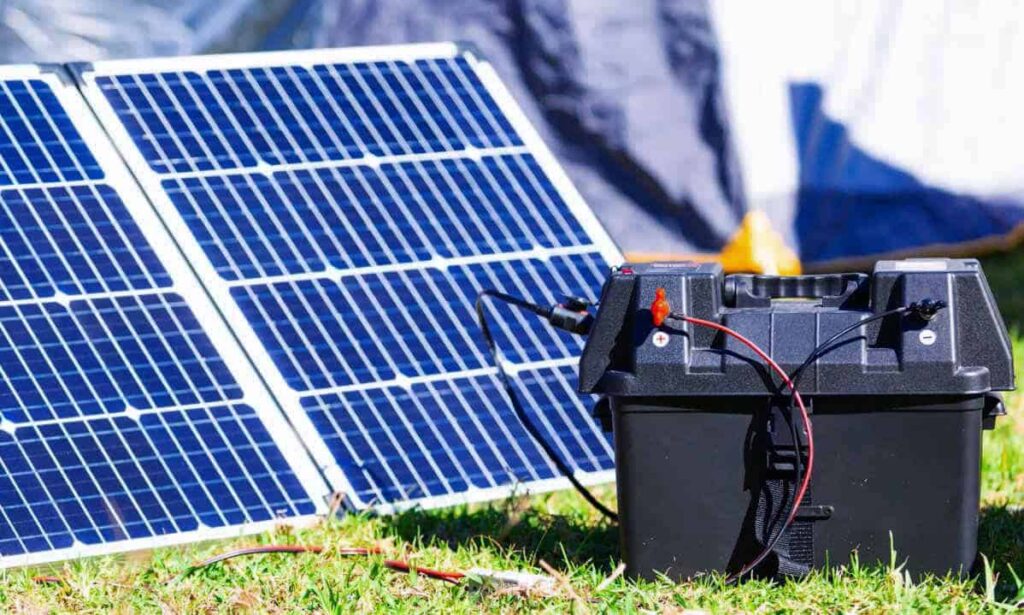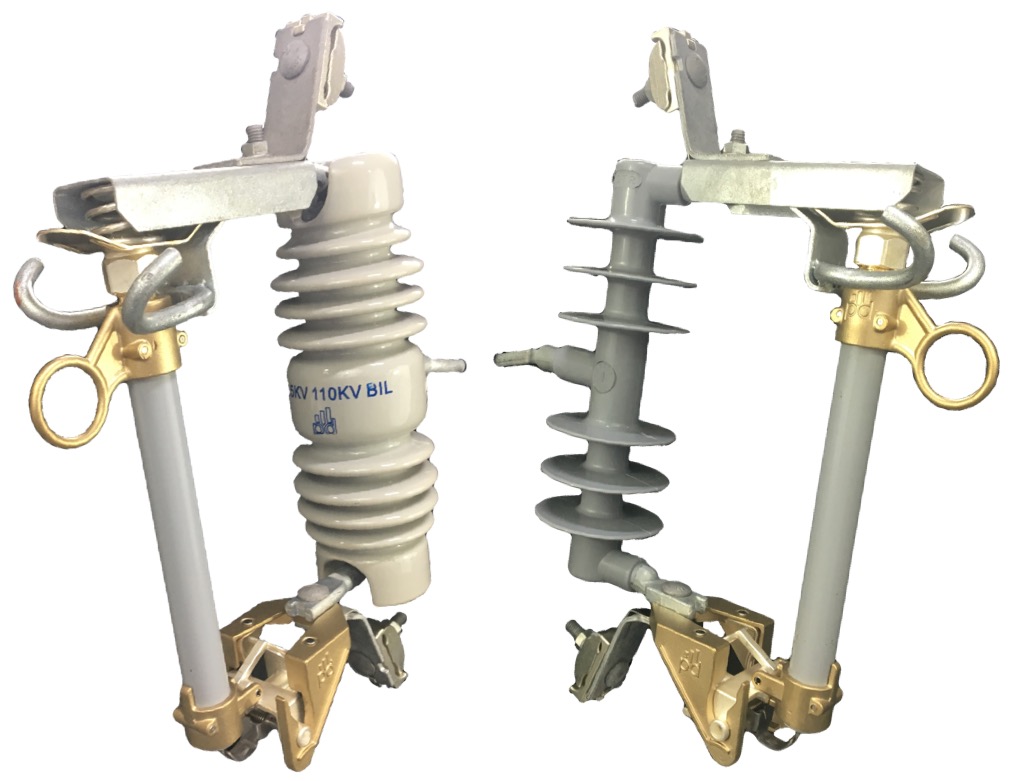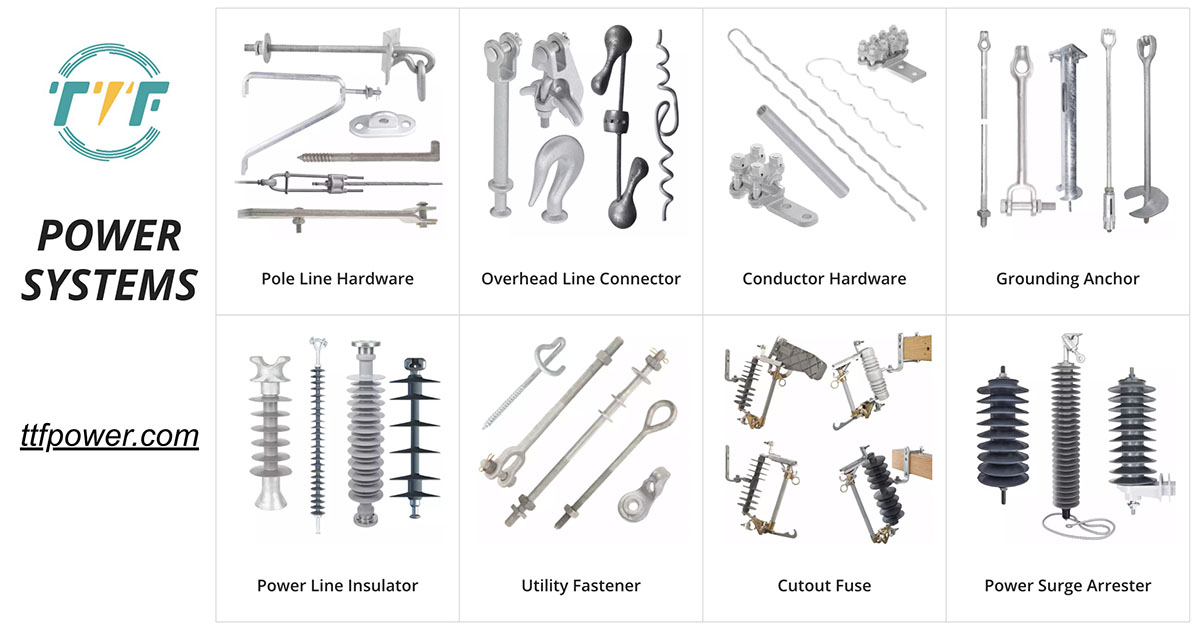
In the ever-growing energy sector in South America, solar batteries are becoming a necessity in the industry. South America has abundant solar resources and growing energy needs. Solar batteries are devices that store electric charge in chemical form. They offer solutions to energy access issues, grid stability, and environmental sustainability. The batteries can combine with solar panels to provide a viable solution for providing stable energy in rural areas. Also, these batteries can help stabilize the grid by storing excess energy produced during the day and discharging it during peak hours. This can help South American countries reduce reliance on fossil fuels and increase energy independence. Moreover, solar batteries use cutout fuses as part of their safety and protection systems. The cutout fuse is able to protect the electrical systems from overcurrent situations. Let’s dive in as we analyze the solar batteries and how cutout fuses enhance their efficiency.
Given South American climates, solar batteries contribute to reducing greenhouse gas emissions. They also help support the region’s goals to combat climate change. Most South American countries have also adopted and are investing in renewable energy as part of their commitment to international climate agreements. The governments are also supporting this by providing policies, incentives, and favorable regulatory frameworks. This supports renewable energy projects through grants, subsidies, and favorable loan conditions. Countries like Chile, Brazil, and Argentina are using solar batteries to expand access to electricity. Using cutout fuses helps to ensure the system operates efficiently over time. This is by preventing damage from overcurrent.
Best solar batteries for South American countries
The growth of renewable energy in South America requires advanced technologies for sustainability. Solar batteries can store solar energy and can also store energy from other renewable sources. There are several types of solar batteries used to store energy from solar panels. The choice of the battery technology depends on factors such as cost, efficiency, lifespan, and specific application needs. Cutout fuses help prevent damage and overheating of the solar batteries to ensure longevity and efficiency of the system. The following are the types of solar batteries used in South American energy infrastructure.

- Lead-acid batteries – these are the most used types of batteries for solar energy storage. The two main types include flooded lead-acid and sealed lead-acid, which include Absorbed Glass Mat (AGM) and gel batteries. These batteries have a lower initial cost and are proven to have a well-understood performance profile.
- Lithium-ion batteries – these batteries have a higher energy density, a longer lifespan, and lower maintenance requirements. They are commonly used in solar applications to provide stability and safety. Lithium-ion batteries have a long lifespan, usually 10-15 years, and are maintenance-free. However, they are more expensive as compared to lead-acid batteries.
- Flow batteries – these use liquid electrolytes that flow through a cell stack to generate electricity. They offer a longer lifecycle and high efficiency. They are best used for applications that need large amounts of stored energy.
- Sodium-ion batteries – these are a newer technology that uses sodium instead of lithium. However, they are still under development for commercial applications.
- Zinc-bromine batteries – these are types of flow batteries mostly used on large-scale energy applications. They have a long life cycle and are suitable for high capacity storage.
Role of cutout fuse in solar batteries for energy sustainability
A cutout fuse plays a crucial role in ensuring the efficiency and safety of solar battery systems. Common functions for cutout fuse include preventing system damage, reducing fire risks, and easing maintenance. By doing so, the cutout fuse ensures the solar battery systems operate efficiently and sustainably. This helps to support the renewable energy goals in South America. At TTF Power Systems, we are a one-stop-shop for power line hardware and utility accessories, including cutout fuses. We also provide our customers with an extensive range of products, excellent value, and knowledgeable service. The following are the functions of a cutout fuse in solar batteries.

- Protection against overcurrent – when the current exceeds the fuse’s rated capacity, the fuse blows, interrupting the circuit and stopping the flow of excess current. This protects the battery from damage, overheating, and potential failure. This helps maintain the battery’s performance and efficiency.
- System damage prevention – solar batteries include components like inverters, charge controllers, and wiring. These components are vulnerable to damage from overcurrent and ensure the components are breaking the circuit when necessary. By doing so, the fuses help avoid disruptions and ensure all components operate correctly.
- Fire risk reduction – overcurrent on the solar batteries can cause overheating, which may lead to fires. The cutout fuse reduces the risk of fires to ensure safe operation.
- Maintenance improvement – fuses can help in diagnosing issues by indicating when there is an overcurrent. This ensures the solar battery remains in good working condition.
